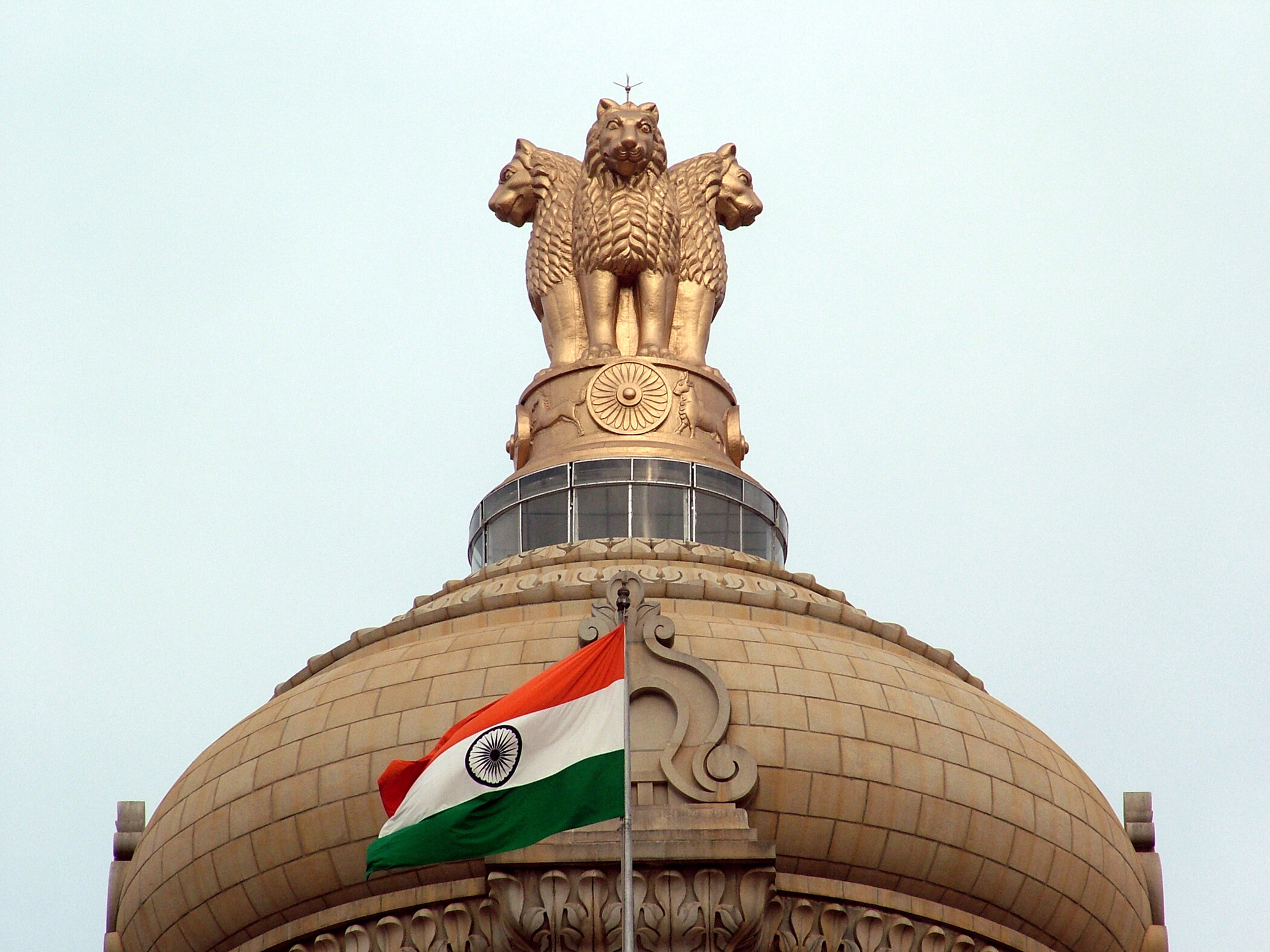NRC: A Flawed Solution to the Problem of Illegal Immigration
In a bid to identify illegal immigrants from Bangladesh, the Supreme Court of India supervised a three-year-long process to update the state of Assam’s National Register for Citizens (NRC). Yet, counting who is a citizen and who is not does not solve the problem of illegal immigration.
The Government of India needs a holistic approach to deal with illegal immigration from Bangladesh. It needs to address the drivers of illegal immigration, the resource strain illegal immigration causes, and the internal security threats immigration poses. A strategy to build inter-ministerial cooperation within the government and cooperation with the Government of Bangladesh will help control the civil unrest in northeastern states. Such cooperation would also help address the problem of the spread of fundamentalism and terrorism that comes with some of these immigrants.
Illegal immigration from Bangladesh has been a persistent problem since the 1970s. Since the 1980s, approximately 15 million immigrants have entered India illegally. Though there is no record of the exact number of illegal immigrants in the northeastern Indian state of Assam, Assamese people have become a minority in their state. The illegal immigrants have increased the competition for the limited employment opportunities available in the state. They have also taken hold of the resources in the state. This has caused much unrest, and the Assamese people demand stringent action by the government to address the problem. However, a registry of citizens is not an adequate policy measure. Such an exercise is futile.
The Indian government needs to understand the drivers of illegal immigration. India surrounds Bangladesh on the three sides. Bangladesh is one of the most densely populated regions in the world and is vulnerable to the effects of climate change. Environmental degradation has led the country into a vicious cycle of poverty, economic deprivation, and a lack of education and health facilities. To add to the list of problems, population growth has put much stress on sparse land. Frequent floods in the Ganga-Brahmaputra-Meghna river basin disrupt livelihoods. Bangladesh is a unique case of water abundance and poverty, forcing people to take shelter in India.
Given the nature of the problem, India should take two-fold measures. First, it should diplomatically engage with the Government of Bangladesh. Currently, Bangladesh does not recognize any of the illegal immigrants as its citizens. It is essential that the Government of Bangladesh agrees on mechanisms to avoid further illegal immigration to India. Most importantly, it should identify illegal immigrants caught crossing the border as its citizens in the future. Additionally, there needs to be inter-ministerial cooperation in the Government of India to identify the areas where ministries can jointly work to build climate-change resilience in Bangladesh.
India currently is pursuing some infrastructural projects in its northeast region and in Bangladesh to improve the regional connectivity. More resources need to be spent by both the Indian and Bangladeshi government to make these projects climate-change resilient and environment-friendly. Areas for cooperation between renewable energy, roads, and waterways ministries of India need to be explored. Such inter-ministerial cooperation would help produce innovative solutions to the complex problems of Bangladesh. Better inter-ministerial cooperation would provide greater scope to develop an inter-governmental relationship with the Bangladeshi government.
Adopting such a holistic policy would help to reaffirm India’s commitment to its neighbors. It would address the national, human, and environmental security issues both nations face. The state governments of the northeastern states and the central government have to make serious efforts to assimilate the existing immigrants in the population. This process would be challenging. However, it would facilitate a decisive end to the conflict in northeast India.
Would Bangladesh agree? I believe the answer is yes. Cooperation with the Indian government provides enormous opportunities to Bangladesh. By agreeing to frame rules and mechanisms to avoid a further influx of illegal immigrants into India, it can expect developmental support from India specific to its needs.
A regional power status demands India to be more understanding of its neighbors. Being considerate does not mean being silent on illegal immigration from neighboring countries. Instead, India must address the pressing concerns of its neighbors through focused resource allocation. Investing in understanding the problem of its neighbors and coming up with mutually beneficial solutions is key to positively influencing the region. India must also make laws on illegal immigration. Half-hearted domestic policy measures to count citizens cannot be an answer to complex problems. Such policies will not extinguish the domestic fire nor address transboundary water and environment related problems. Only domestic and intergovernmental cooperation can pave the way for a sustained solution.
